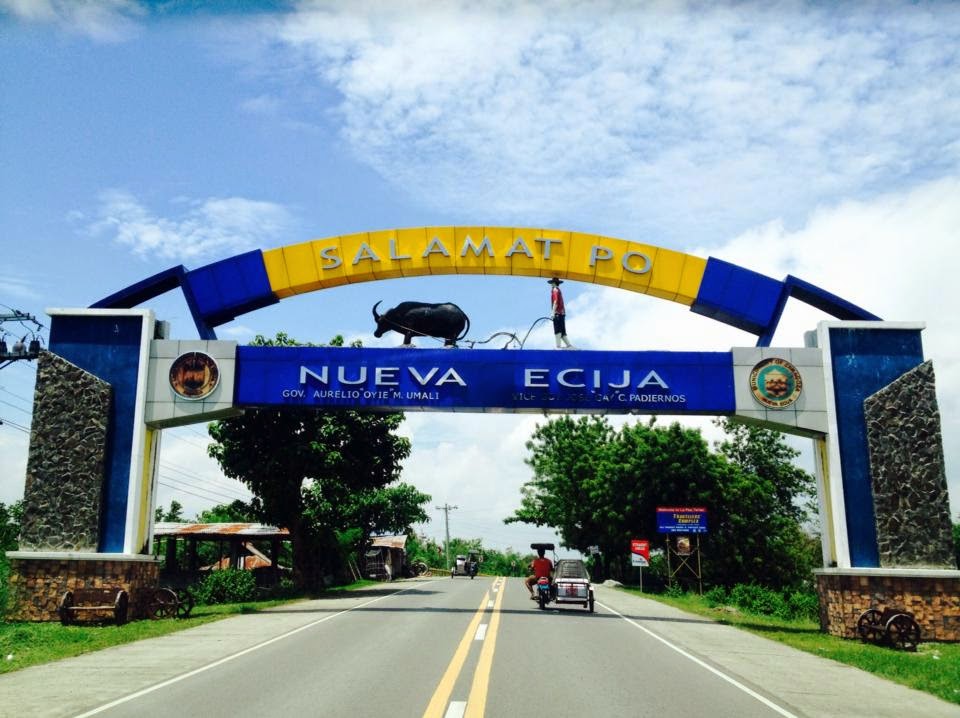 |
| President Ferdinand Marcos Presidential Inauguration 1965 |
On
September 11, 1917, the 10th President of Republic of the
Philippines (6th and last President, 3rd
Republic), Ferdinand Edralin Marcos, of Ilocano descent, was born in Sarrat,
Ilocos Norte. Marcos or Macoy, by which he was fondly called, was the first
president ever elected twice, 1965 and 1969. However, before his second term
ended, he declared martial law on September 21, 1972. But the official proclamation
(PD 1081) was pronounced to the public after two days. Martial law took effect
for almost nine years when it was lifted on January 17, 1981. Ferdinand Marcos
aka ”FM” was known in history as the first president to use a native tongue,
Filipino, in his second presidential inauguration in 1969. After serving the presidency for almost 21 years and serving 3 years in exile in the United States, the late strongman quietly died from kidney and heart failure on September 28, 1989, in Honolulu, Hawaii. His remains is currently re-interred in an air-conditioned mausoleum in his hometown in Ilocos Norte.
 |
| Raging Inferno: Twin Towers collapsed after two hours of conflagration. |
On September
11, 2001, the world was stunned when the World Trade Center aka “Twin Towers”
was bombed instantaneously considering the United States of America’s intense
campaign and security measures against terrorism. The bomb was launched and
detonated using hijacked United Airlines flights.
The terror
attack was coordinately planned on separate places on that day by Al-Qaeda
group. Aside from the twin towers, the third plane was zeroed in on Pentagon. The
plane crashed into the west wing of the United States Defense Department
Headquarters leaving the building partially obliterated. In the same way, the fourth
plane which was bound to the White House crashed into a field in Pennsylvania.
The principal suspect to the bombing was linked to dissident Osama Bin Laden. Two years thereafter, in 2003, the United States of America launched aerial attacks and an all-out war in Afghanistan to capture the fugitive. It took several months before the prime suspect, Osama Bin Laden, was killed.
 |
| Hijacked United Airlines Plane About To Hit The 1,368 Ft North Tower |
Prior to
September 11 bombing, the North Tower or
the Tower One of the World Trade Center was already bombarded 8 years before by
a group of extremists led by Ramzi Yousef—an
Al-Qaeda trained terrorist. The bomb was undertaken using a yellow “Ryder”
truck van equipped with high explosives like Urea Nitrate-Hydrogen Gas on February
26, 1993, in the North Tower basement. After the explosion, the smoke billowed up
from the basement to the 93rd floor of the tower causing electrical
power and elevators to shut and telephone lines unusable. Six people were
reportedly killed while 1000 plus were injured. The high-pressured bombardment caused a massive destruction in the basement of the original (1) World Trade Center Building.
As
interpreted by the experts, the plan was to topple the North Tower or the Tower
One until its tower lean to the other side of the tower, which is the South
Tower or the Tower Two, causing both towers to tumble at once. According to the co-conspirator,
the original plan of Ramzi Yousef, who was the principal suspect of the
bombing, was diverted from their original target, the United Nations Headquarters
in United Nations Plaza, to the World Trade Center in the morning of February 26,
1993. That’s the reason why the bombing in the North Tower was just embarked at
about 12:17 pm of the same day. Prior to the incident, a demand letter to the United States
Government was disseminated by none other than Ramzi Yousef to various New York
periodicals urging the USA to backpedal in Israel conflict. The 1993 bombing in
the World Trade Center served as a warning to the United States of its support
to Israel and interference in the Middle East nations.
 |
| 1993 World Trade Center Bombing Suspects |
